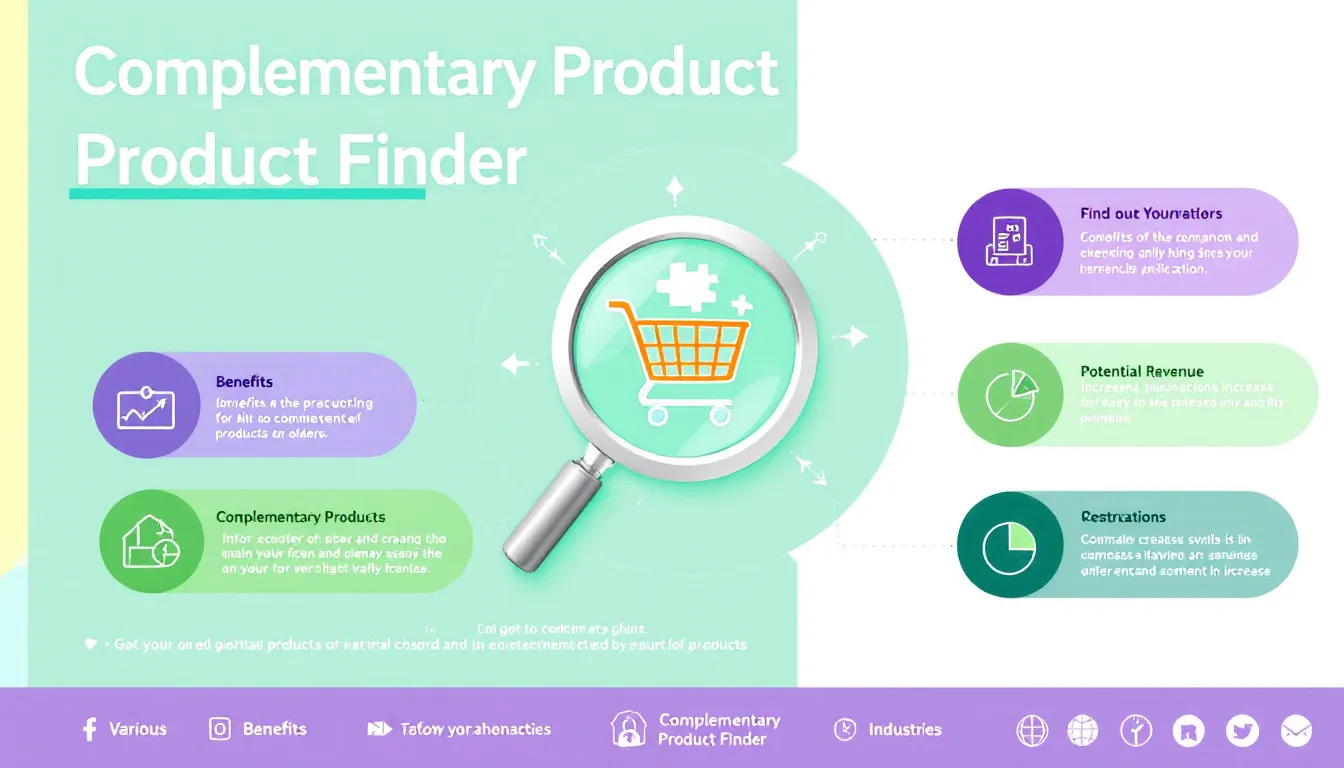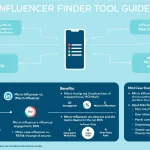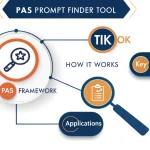Complementary Product Suggestions
Is this tool helpful?
How to Use the Complementary Product Suggestion Tool Effectively
This tool helps you find products that go well with your main offering, making it easier to boost sales and improve customer satisfaction. Here’s how to fill out each field to get the best results:
- Main Product: Enter the primary product you want complementary items for. For example, type Electric Bicycle or Organic Skincare Set.
- Target Audience: Describe who will use your product. Examples include Outdoor enthusiasts aged 25-40 or Eco-conscious young professionals.
- Product Features (Optional): List important features that might affect suggested items. For an electric bicycle, you might enter Long battery life, Lightweight frame, Bluetooth connectivity.
- Market Trends (Optional): Share relevant trends influencing product choices, like Rising demand for sustainable transportation or Shift towards natural beauty products.
- Number of Suggestions (Optional): Choose how many complementary products you want, between 1 and 10.
- Click the Generate Suggestions button to get tailored product ideas that perfectly match your inputs.
Once submitted, the tool analyzes your inputs and market data to provide complementary product suggestions with explanations on how they enhance your main product.
What Is the Complementary Product Suggestion Tool?
This tool identifies products that pair well with your main product, helping you find items that can increase sales and improve the overall customer experience. By considering your product’s features, target audience, and current market trends, it makes data-driven recommendations to support smarter inventory and marketing decisions.
Purpose and Definition
A complementary product is an item that adds value to or enhances another product when used together. This tool streamlines identifying such products, saving you time while boosting opportunities for upselling and cross-selling.
Key Benefits
- Save Time: Generate relevant product ideas without lengthy research.
- Data-Driven Suggestions: Get recommendations based on current consumer and market insights.
- Customization: Receive ideas tailored to your product features and target audience.
- Inspire Innovation: Discover new product combinations or bundling options.
- Improve Customer Satisfaction: Offer customers complementary products that meet their needs more completely.
Practical Usage of the Complementary Product Suggestion Tool
This tool supports businesses across industries by suggesting complementary products that fit specific contexts. Here are some practical examples:
Example 1: Outdoor Gear Store
- Main Product: Camping Tent
- Target Audience: Adventure seekers and weekend campers
- Product Features: Lightweight, Waterproof, Easy setup
- Market Trends: Growing interest in minimalist camping gear
Potential Suggestions:
- Compact Sleeping Bag: Provides warmth while maintaining portability.
- Portable Camping Stove: Enables convenient cooking outdoors.
- Headlamp with Long Battery Life: Offers hands-free lighting during night activities.
- Water Purification Tablets: Ensure access to safe drinking water.
- Multi-tool Knife: Versatile and practical for various camping tasks.
Example 2: Home Office Supplies
- Main Product: Ergonomic Office Chair
- Target Audience: Remote workers and freelancers
- Product Features: Adjustable height, Lumbar support, Breathable mesh
- Market Trends: Increasing remote work and focus on ergonomic setups
Potential Suggestions:
- Desk Organizer: Helps keep workspace tidy and efficient.
- Adjustable Standing Desk: Offers variety and promotes movement.
- Anti-fatigue Mat: Reduces strain during standing periods.
- Wireless Keyboard and Mouse: Supports a clutter-free setup.
- Blue Light Blocking Glasses: Protects eyes during long screen hours.
Advantages of Using the Complementary Product Suggestion Tool
1. Increase Revenue Opportunities
Suggesting complementary products encourages customers to buy more by bundling items or offering relevant add-ons, increasing average order values and customer lifetime value.
2. Improve Customer Experience
Offering well-paired products shows that you understand customer needs, helping build trust and loyalty.
3. Inspire Product Development
The suggestions can spark ideas for new product lines or improvements based on what customers are likely to want alongside their main purchase.
4. Enhance Inventory Strategy
Knowing which products complement each other helps you plan stock levels more effectively, avoiding overstocking or shortages.
5. Support Targeted Marketing
Use the tool’s insights to create campaigns promoting complementary products specifically suited to your audience.
6. Gain Competitive Edge
A well-curated range of complementary products differentiates your business and meets customer expectations more completely.
How This Tool Meets Your Business Needs
Save Time and Resources
Skip lengthy market research. The tool gives you quick, actionable product ideas based on up-to-date trends and audience data.
Make Data-Driven Decisions
Base your product and marketing choices on real market insights instead of guesswork, increasing your chances of success.
Personalize Offers at Scale
Customize complementary product recommendations for different customer groups efficiently.
Stay Current with Trends
Recommend products that align with what’s popular and growing in demand to keep your offerings relevant.
Fuel Innovation
The tool sparks new ideas for enhancing your product range or business strategy.
Versatile Applications Across Industries
E-commerce
Boost sales with “Frequently Bought Together” suggestions. For instance, suggest protective cases and chargers with smartphones.
Hospitality
Create vacation packages by recommending spa services, dining experiences, or excursions alongside room bookings.
Automotive
Suggest aftermarket accessories like roof racks or vehicle care kits that complement vehicle purchases.
Health and Wellness
Recommend supplements, apps, or accessories that match clients’ wellness goals, such as meditation aids with yoga classes.
Technology
Offer integrated ecosystems by recommending compatible devices like smartwatches or wireless accessories with primary gadgets.
Important Disclaimer
The calculations, results, and content provided by our tools are not guaranteed to be accurate, complete, or reliable. Users are responsible for verifying and interpreting the results. Our content and tools may contain errors, biases, or inconsistencies. Do not enter personal data, sensitive information, or personally identifiable information in our web forms or tools. Such data entry violates our terms of service and may result in unauthorized disclosure to third parties. We reserve the right to save inputs and outputs from our tools for the purposes of error debugging, bias identification, and performance improvement. External companies providing AI models used in our tools may also save and process data in accordance with their own policies. By using our tools, you consent to this data collection and processing. We reserve the right to limit the usage of our tools based on current usability factors.







